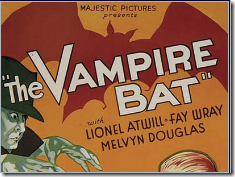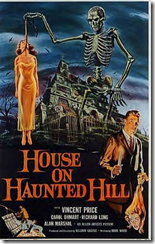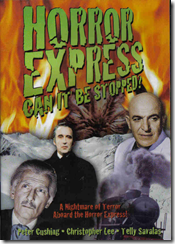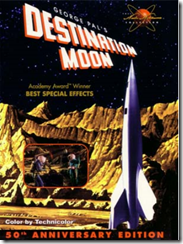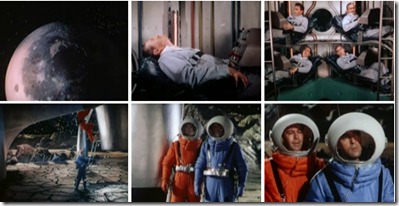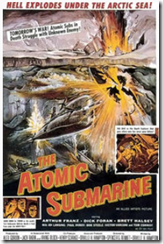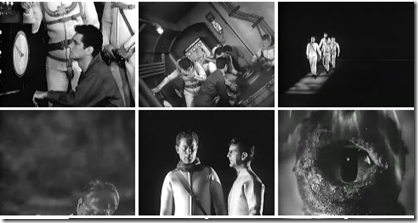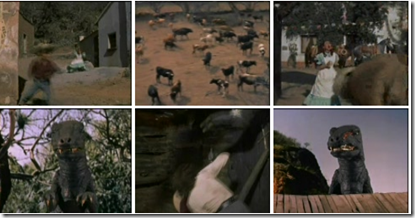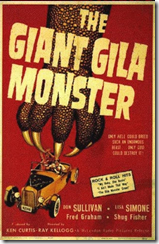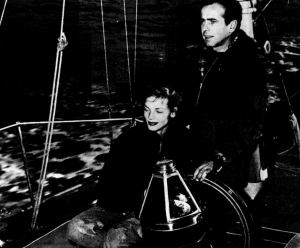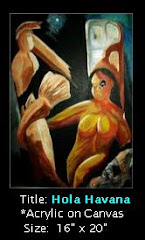There are all sorts of bad movies out there, particularly in the cheap sci-fi and horror genre. A lot of them have little or no entertainment value, and were obviously cobbled together just to make a fast buck in the Drive-In Market (or now, Direct-to-Home video).
But there are bad movies out there that -despite a terrible script, lousy actors, cheesy special effects, a miniscule budget, and little or no redeeming social value - still manage to be entertaining on some level.
At least, if you can suspend any semblance of sophistication or good taste for 90 minutes.
Everyone by now knows the usual suspects in these lists. Robot Monster, Plan 9 From Outer Space, Eegah, and the absolutely craptastic Beast of Yucca Flats.
And these films certain fill the bill, but I propose deviating (as deviants are wont to do) from these better known insults to our collective intelligence and taste and highlighting some films you may not have seen.
I’m restricting myself to films freely available online, so some of my favorites - like Fiend Without A Face and The Giant Claw, alas – do not make the list. That said, I present this hodgepodge of entertainment fully capable of destroying brain cells.
You’ve been warned.
Lending faux credibility to our first entry, we have Dr. Frank C. Baxter – fondly remembered from those wonderful 50s Bell Science TV Specials that were re-run in schools for decades (see Remembering Dr. Frank Baxter) – giving us a brief introduction to the 1956 Sci-Fi movie, The Mole People.
The stars were John Agar and Hugh (“Leave It To Beaver”)Beaumont, who play archeologists who find a pathway into the interior of the earth, where they encounter the Mole People.
Proving, I guess, that before Hugh Beaumont learned to deal with a clever Beaver Cleaver, he practiced on subterranean moles.
You’ll find The Mole People available on Classic Cinema Online, which is a terrific portal for viewing movies.
If dogs with bath mats glued to them give you the willies, then perhaps your tastes will run more to 1959’s The Killer Shrews.
Beyond the ridiculous and low budget personification of the titled monsters, the movie manages to be reasonably entertaining if not just a bit implausible.
It is available on the Internet Archive.
And yes, before you ask, that is Ken Curtis (Festus of Gunsmoke and co-star of the early 60’s TV classic Ripcord!) who not only appears on flim, but is the producer as well.
At the tender age of 8, I remember liking the first 20 minutes of The Phantom Planet, but not having much use for the rest of the movie. That was a shame, because the local TV station played it about 4 times a year on their Saturday afternoon sci-fi movie.
At that age, I wanted my sci-fi to be serious, hardware oriented, and exciting. And for the first 20 minutes, The Phantom Planet came close.
After that it devolved into drive-in movie silliness that I was, frankly, probably too young to appreciate.
The hero lands on a small asteroid whose atmosphere reduces him to miniature size. He meets a race of 6” tall people who live inside the asteroid, is wooed by a couple of lovely young ladies, and ends up fighting one of the silliest looking space aliens in film history.
Would this monster scare any 8 year old?
But looking back as a adult, I find more to like in this low-budget flick than I expected. The acting isn’t bad, the script could have been worse, and the production standards are pretty good for the genre.
The movie boasts such solid actors as Coleen Gray, Dean Fredericks, and Francis X. Bushman. Richard Kiel, best known for playing the villain JAWS in the James Bond Movies, wears the alien monster suit.
For pure cheese, it’s hard to beat Cat-Women Of The Moon.
One of the first of the `all male expedition ends up captured by Amazon Women’ sci-fi movies, it stars Sonny Tufts, Marie Windsor, and Victor Jory.
And yes, it’s as bad as it sounds.
Due to a college football injury, Sonny Tufts was 4-F and one of the few young male actors left in Hollywood during WWII. He made a few pictures, and essentially became a `movie star’ by default.
His star did not shine long, and his off screen activities (including public drunkenness, accusations of assaulting two women) helped to quickly deep-six his career.
Victor Jory worked steadily in film and TV for nearly 50 years, and Marie Windsor became the queen of the TV western, appearing on just about oater of the 50’s.
This is strictly for laughs, but worth popping a bag of popcorn and putting your feet up for an hour.
There are more, of course. Many more. And in a future installment, we’ll look at some more horrible old movies.
For now, this ought to damage a sufficient number of synapses.









